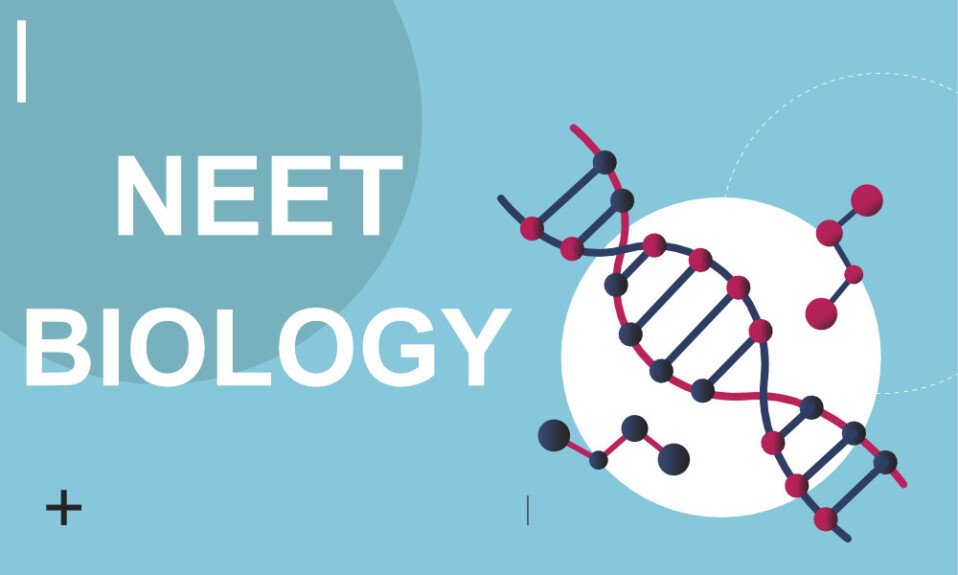1. In soil, the water available for root absorption is
(a) Gravitational water
(b) Capillary water
(c) Hygroscopic water
(d) Combined water.
Answer:(b) Capillary water
2. The most widely accepted theory for ascent of sap in trees is
(a) Capillarity
(b) Role of atmospheric pressure
(c) Pulsating action of living cell
(d) Transpiration pull and cohesion theory of Dixon and Jolly.
Answer:(d) Transpiration pull and cohesion theory of Dixon and Jolly.
3. Twining of tendrils is due to
(a) Thigmotropism
(b) Seismonasty
(c) Heliotropism
(d) Diageotropism.
Answer:(a) Thigmotropism
4. A chemical believed to be involved in flowering is
(a) Gibberellin
(b) Kinetin
(c) Florigen
(d) IBA.
Answer:(c) Florigen
5. The hormone responsible for apical dominance is
(a) IAA
(b) GA
(c) ABA
(d) Florigen.
Answer:(a) IAA
6. Abscisic acid causes
(a) Stomatal closure
(c) Leaf expansion
(b) Stem elongation
(d) Root elongation.
Answer:(a) Stomatal closure
7. Photosynthetic pigments found in the chloroplasts occur in
(a) Thylakoid membranes
(b) Plastoglobules
(c) Matrix
(d) Chloroplast envelope.
Answer:(a) Thylakoid membranes
8. Dark reactions of photosynthesis occur in
(a) Granal thylakoid membranes
(b) Stromal lamella membranes
(c) Stroma outside photosynthetic lamellae
(d) Peri plastidial space.
Answer:(c) Stroma outside photosynthetic lamellae
9. Which technique has helped in the investigation of the Calvin cycle?
(a) X-ray crystallography
(b) X-ray technique
(c) Radioactive isotope technique
(d) Intermittent light.
Answer:(c) Radioactive isotope technique
10. During monsoon, the rice crop of eastern states of India shows lesser yield due to limiting factor of
(a) C02
(b) Light
(c) Temperature
(d) Water.
Answer:(b) Light
11. Ferredoxin is a constituent of
(a) PS I
(b) PS II
(c) Hill reaction
(d) P680.
Answer:(a) PS I
12. Water movement between cells is due to
(a) T.P.
(b) W.P.
(c) D.P.D.
(d) Incipient plasmolysis.
Answer:(c) D.P.D.
13. Which of the following is used to determine the rate of transpiration in plants?
(a) Barometer/hygrometer
(b) Potometers
(c) Auxanometer
(d) Tensiometer/barometer.
Answer:(b) Poometers
14. Guttation is mainly due to
(a) Root pressure
(b) Osmosis
(c) Transpiration
(d) Imbibition.
Answer:(a) Root pressure
15. In terrestrial habitats, temperature and rainfall conditions are influence by
(a) Water transformations
(b) Transpiration
(c) Thermoperiodism
(d) Translocation.
Answer:(b) Transpiration
16. Conversion of starch to organic acids is required for
(a) Stomatal opening
(b) Stomata! closing
(c) Stomatal formation
(d) Stomatal activity.
Answer:(a) Stomatal opening
17. At constant temperature, the rate of transpiration will be higher at
(a) Sea level
(b) 1 km below sea level
(c) 1 km above sea level
(d) 1.5 km above sea level.
Answer:(d) 1.5 km above sea level.
18. In guard cells when sugar is converted into starch, the stomatal pore
(a) Closes completely
(b) Opens partially
(c) Opens fully
(d) Remains unchanged.
Answer:(a) Closes completely
19. Which is employed for artificial ripening of banana fruits?
(a) Auxin
(b) Coumarin
(c) Ethylene
(d) Cytokinin.
Answer:(c) Ethylene
20. Cytokinins
(a) Promote abscission
(b) Influence water movement
(c) Photoperiod less than 12 hours photoperiod below a critical length and uninterrupted long night long night
(d) Short photoperiod and interrupted long night.
Answer:(c) Photoperiod less than 12 hours photoperiod below a critical length and uninterrupted long night long night
21. Apical dominance is caused by
(a) Abscisic acid in lateral bud
(b) Cytokinin in leaf tip
(c) Gibberellin in lateral buds
(d) Auxin in shoot tip.
Answer:(d) Auxin in shoot tip.
22. Bananas can be prevented from over-ripening by
(a) Maintaining them at room temperature
(b) Refrigeration
(c) Dipping in ascorbic acid solution
(d) Storing in a freezer.
Answer:(c) Dipping in ascorbic acid solution
23. Flowering dependent on cold treatment is
(a) Cryotherapy
(b) Cryogenics
(c) Cryoscopy
(d) Vernalisation.
Answer:(d) Vernalisation.
24. Dwarfness can be controlled by treating the plant with
(a) Cytokinin
(b) Gibberellic acid
(c) Auxin
(d) Anti gibberellin.
Answer:(b) Gibberellic acid
25. The enzyme that catalyses carbon dioxide fixation in C4 plants is
(a) RuBP carboxylase
(b) PEP carboxylase
(c) Carbonic anhydrase
(d) Carboxy Dismutase.
Answer:(b) PEP carboxylase
26. Photosystem II occurs in
(a) Stroma
(b) Cytochrome
(c) Grana
(d) Mitochondrial surface.
Answer:(c) Grana
27. Chlorophyll a occurs in
(a) All photosynthetic autotrophs
(b) In all higher plants
(c) Help retain chlorophyll
(d) Inhibit protoplasmic streaming.
Answer:(c) Help retain chlorophyll
28. Which is produced during water stress that brings stomatal closure?
(a) Ethylene
(b) Abscisic acid
(c) Ferulic acid
(d) Coumarin.
Answer:(b) Abscisic acid
29. An adaptation for better gaseous exchange in plant leaves is
(a) Hair on lower surface
(b) Multiple epidermis
(c) Waxy cuticle
(d) Stomata on the lower surface away from direct sun rays.
Answer:(d) Stomata on the lower surface away from direct sun rays.
30. Clinostat is employed in the study of
(a) Osmosis
(b) Growth movements
(c) Photosynthesis
(d) Respiration.
Answer:(b) Respiration.



